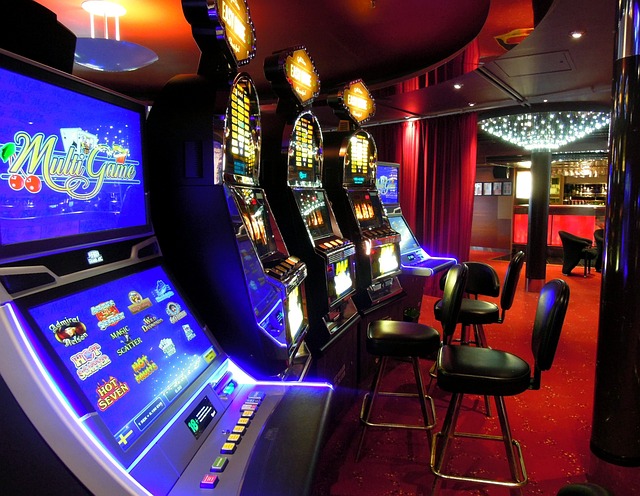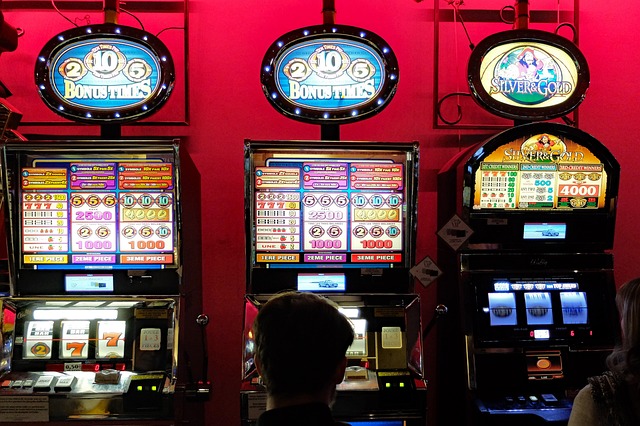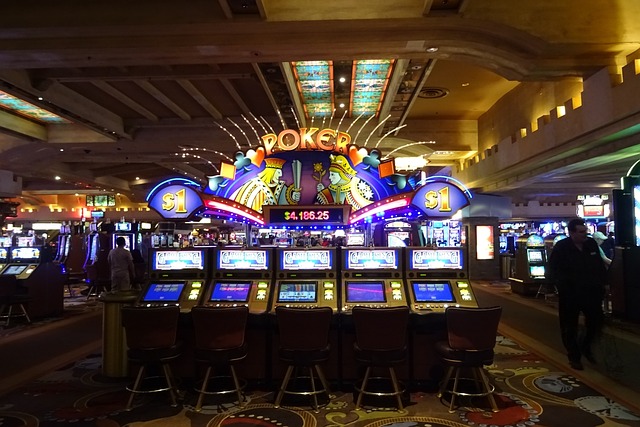Casinos are designed to keep players engaged and spending, and slot machines play a central role in that strategy. Unlike table games, slots rely heavily on psychology, layout, and visual cues to encourage prolonged play. Understanding these tactics helps players make informed choices rather than being guided by the environment.
Slot placement is not random. Every aisle, corner, and cluster is carefully considered to maximize visibility, accessibility, and player comfort. Casinos use both subtle and overt strategies to influence behavior, from the location of machines to the sounds, lights, and rewards they deliver.
Strategic Floor Layouts
The layout of a casino floor is designed to guide foot traffic and maximize exposure to machines. High-traffic areas often feature popular or high-denomination slots, while lower-traffic zones may host games aimed at casual players.
Machines near entrances and exits are typically eye-catching, with bright lights and flashy animations to draw attention immediately. Similarly, slots are grouped by type—classic, video, or progressive jackpots—so players can easily find machines that match their preferred experience.
Clustering and Grouping
Clustering machines creates a “social proof” effect. When players see others winning nearby, they are more likely to try the machine themselves. Progressive jackpots are often positioned near clusters to attract players chasing large prizes.
Adjacent machines are also carefully chosen to complement each other. For example, machines with higher volatility are mixed with lower-volatility games to balance player retention. This subtle arrangement encourages players to linger longer, testing different games while staying on the floor.
Reward and Reinforcement Placement

Slot designers use intermittent reinforcement to keep players engaged. Near-miss designs, small frequent wins, and bonus-triggering machines are strategically placed to create excitement.
Machines offering these micro-rewards are often positioned at eye level or in high-traffic corridors. The visual and auditory feedback from near-wins activates the brain’s reward system, encouraging continued play.
Leveraging Sensory Cues
Lights, sounds, and even the spacing of machines are part of the psychological strategy. High-payout machines are often surrounded by bright lights and celebratory sounds to draw attention. Conversely, quieter areas may host machines designed for slower, prolonged play.
Spatial arrangement can also affect perception of luck. Machines placed near exits or in corners give the illusion that a win is just within reach, nudging players to continue spinning.
Endcaps and Journey Traps

Endcaps—slots placed at the end of aisles—are deliberately positioned to capture attention from multiple directions. These machines often feature new games or high jackpots.
Casinos also use “journey traps,” where players pass clusters of machines to reach other areas like restaurants, restrooms, or table games. This increases exposure to games and encourages spontaneous play. Players often stop at machines simply because they are conveniently positioned along their path.
Quick Tips for Players:
- Take note of machine location but avoid automatic bias toward high-traffic spots.
- Focus on games you enjoy, not just visually stimulating machines.
- Set limits before walking the floor; environmental cues are designed to bypass conscious decision-making.
| Placement Type | Purpose |
|---|---|
| Entrance Machines | Immediate attention, high visibility |
| Clusters | Social proof, encourage prolonged play |
| Endcaps | Highlight new or high-jackpot games |
| Corridors & Paths | Journey traps, expose players to multiple games |
| Eye-Level Machines | Reinforce frequent engagement via visibility |
Casinos use slot placement strategically to maximize engagement, using visual, auditory, and spatial cues to influence behavior. Understanding these tactics can help players make deliberate choices rather than being unconsciously guided by the environment.
